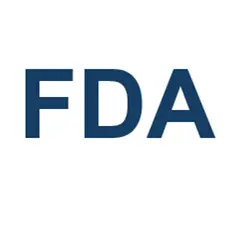Pea protein may act as an emulsifier, stabilizer or thickener. Protein from pea (Pisum sativum) has low allergenicity and high protein content.
Pea Protein
Found In
- Bagels
- Breads
- Coffee drinks
- English muffins
- Flavored milk drinks
- Grain-based bars containing fruits and vegetables
- High-protein beverages
- Margarine and salad dressings
- Meat alternatives
- Milk-based meal replacements
- Non-milk based meal replacements
- Processed fruits and fruit juices
- Processed vegetables and vegetable juices
- Ready-to-eat breakfast cereals
- Rolls
- Soups and soup mixes
- Soy/imitation milk
- Tea drinks
- Yogurt
The Beverage Bottom Line
Pea protein is authorized for use in the U.S., Europe and Canada.
This ingredient may have authorizations in countries not included on this site.
International Assessments and Authorizations

U.S. Food And Drug Administration (FDA)
Generally recognized as safe for intended uses. (GRAS FDA-Notified)

European Food Safety Authority (EFSA)
Safe for intended uses. Protein hydrolysates and high purity protein concentrate considered not novel, and in food use in European Union since before May 15, 1997.
In 2022, the safety of pea protein fermented by Shiitake (Lentinula edodes) mycelia was assessed.
In 2012, EFSA issued an opinion on dietary reference values for protein

Health Canada
Ingredient has a history of safe use as a food.
In 2005 and 2006, dietary reference intakes for protein were reviewed by the National Academies of Sciences, Engineering and Medicine.
This page was last updated on 6/30/2025.

